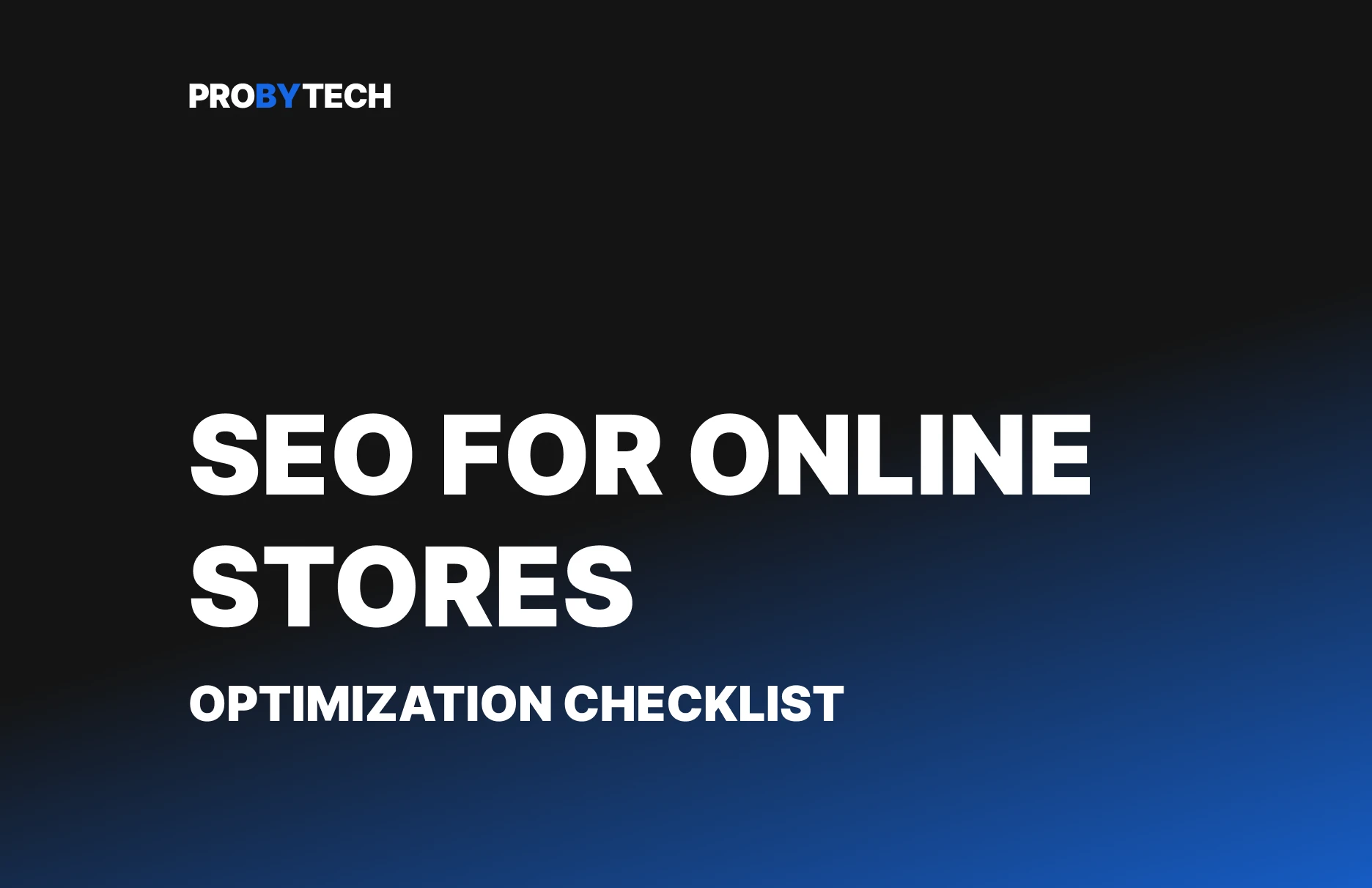Mascot for a Brand: What It Is and Why It Works

In today’s business environment, it’s becoming increasingly difficult for companies to stand out among competitors. One of the proven tools for creating an emotional connection with the audience is a mascot. It’s not just a cute character but a strategic branding element that can improve recognition, increase trust, and make the company feel closer to the customer.
What Is a Mascot
A mascot is a branded character that embodies the company, its values, or its area of activity. It can take the form of an animal, a person, a fictional creature, or even an abstract object with personality. Mascots are used in visual communication, marketing campaigns, websites, social media, videos, and even apps.
Why Businesses Need a Mascot
Increasing Brand Recognition
People remember images better than logos or slogans. A mascot becomes the face of the brand — associations with it arise faster and last longer.
Creating an Emotional Connection
Characters evoke emotions. If a mascot evokes sympathy, it automatically transfers that feeling to the brand. This is especially important in fields where trust matters: education, medicine, finance, children’s products, and service industries.
Improving the Brand Image
A mascot creates the effect of a “living” brand. Instead of a faceless company, there is a “character who speaks,” suggests, and shares emotions. This makes the brand more open, friendly, and human.
Enhancing Communication
A mascot can easily adapt across different channels — from Instagram stories to a mobile app interface. It helps “talk” to the customer on the same wavelength, simplifies complex messages, and reduces formality.
Creating Recognizable Content
The character becomes the hero of the content — it can be used in comics, instructions, videos, chatbots. This simplifies visual perception and helps the brand maintain a consistent style.
Successful Mascot Examples
Foxtrot — Foxy, the red fox, has become a recognizable symbol of the brand. She appears in advertisements, on the website, and in offline stores, creating associations with wit, speed, and modernity. Thanks to the mascot, the company looks friendlier and more customer-oriented.
Duolingo — the green owl is not just the app’s symbol but an active participant in communication. She reminds users about lessons, “jokes” on social media, and turns learning into a game.
Rozetka — the green smiling little man has become one of the most famous Ukrainian mascots. His use in videos, banners, and packaging strengthens brand recognition and creates a feeling of ease and positivity in interactions with the brand.
M&M’s — each candy color embodies a distinct character. They star in advertising campaigns, series, integrations, and even the brand’s social initiatives.
Monobank — while they don’t have a classic mascot, the visual image of a cat has become a recognizable brand element. The cat appears in push notifications, emails, and the app, forming an emotionally warm connection with customers.
When a Mascot Is Especially Effective
- New brands that want to quickly establish themselves in the audience’s mind.
- Digital products — apps, platforms, services (where the mascot becomes part of UI/UX).
- Businesses targeting youth or family audiences.
- Complex or “dry” industries that need “humanizing” — accounting, IT, logistics, finance.
How a Mascot Is Created
- Analyzing the target audience: Who is the mascot for?
- Defining the character: What does it symbolize, how does it “speak,” what traits does it have?
- Developing the visual style: Appearance, colors, emotions, poses.
- Testing and adapting: How the character looks across different channels.
- Implementation: On the website, social media, advertising, presentations, email newsletters, etc.
Conclusion
A mascot is not just a decorative element but a powerful branding communication tool. It shapes the company’s image, creates an emotional connection with the customer, strengthens recognition, and helps speak to the audience in a simple, lively language. If you want your brand not only to be noticed but also remembered — consider a mascot today.
Read next
- PROBYTECH
- News & Articles
- Design
-
Mascot for a Brand: What It Is and Why It Works









